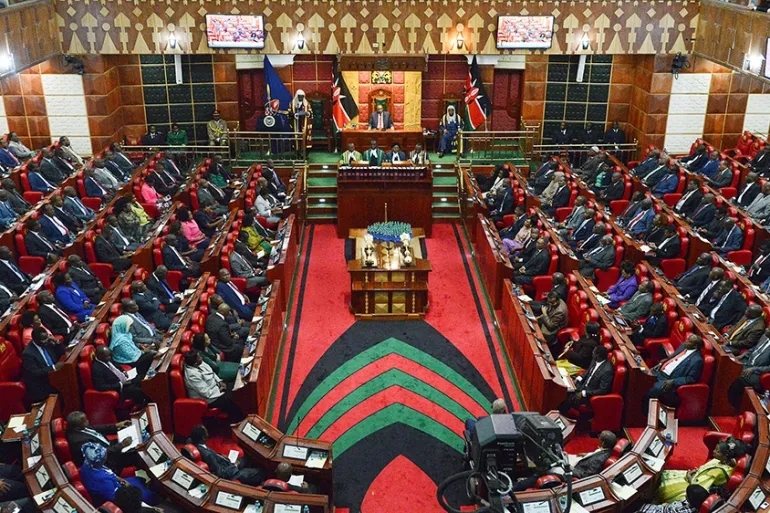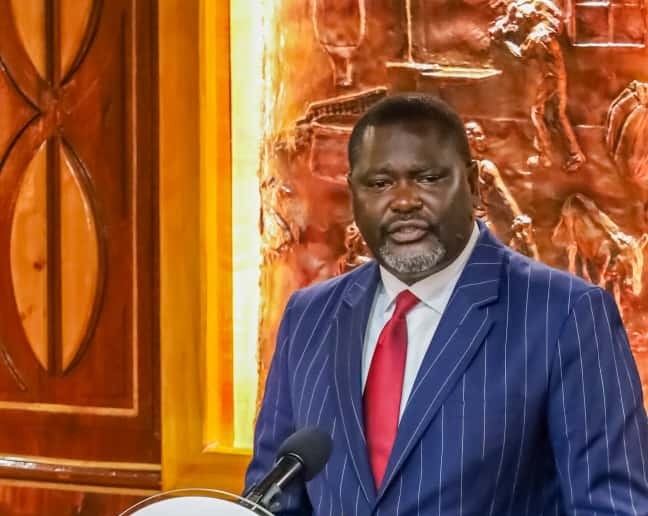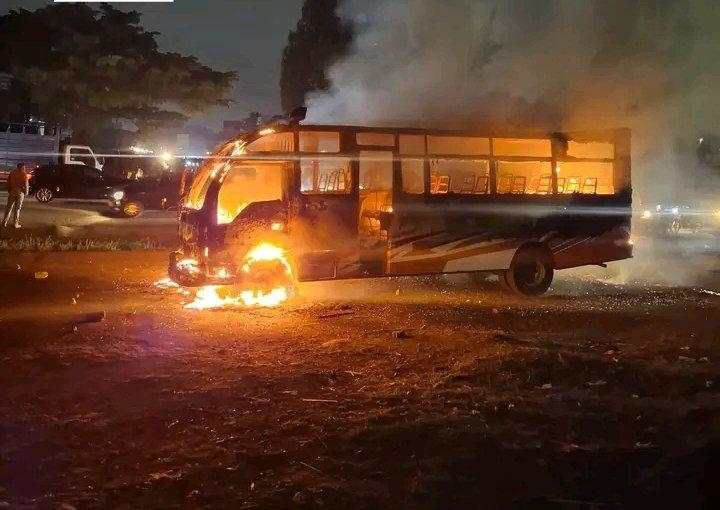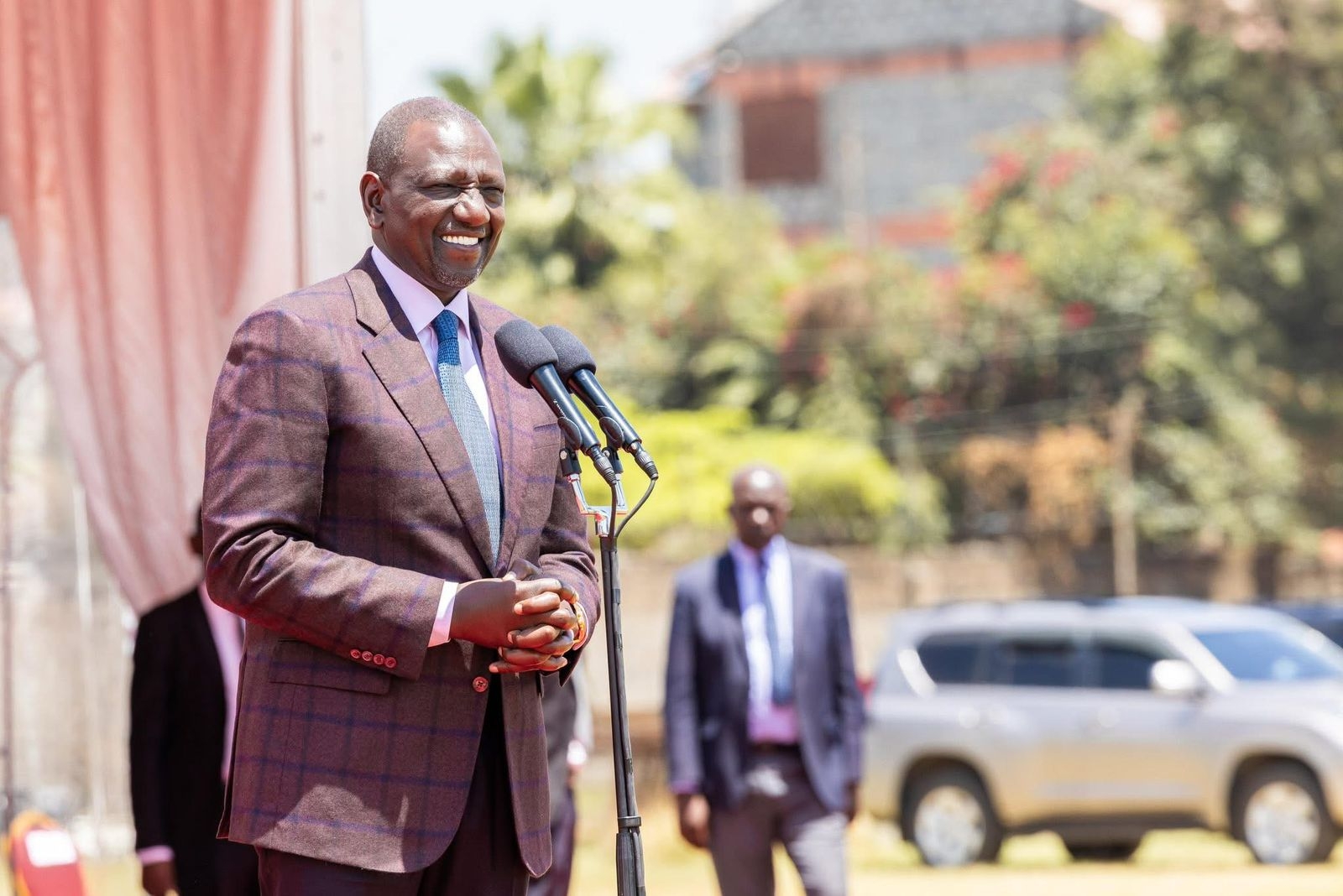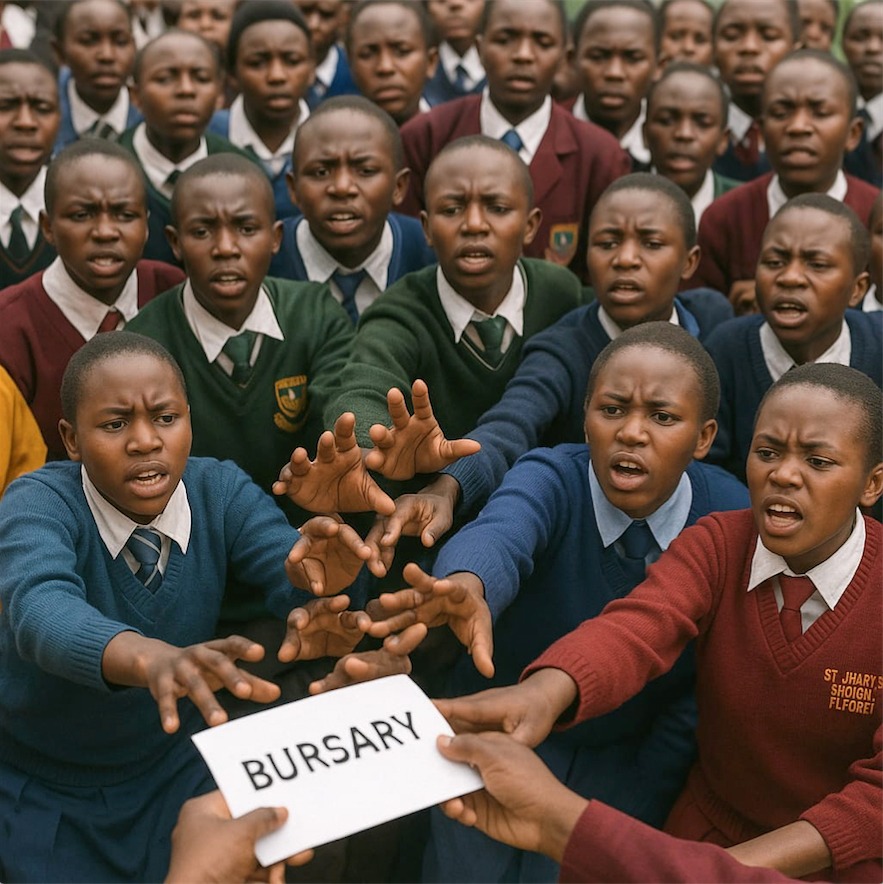
Images of parents queuing for bursary funds under the hot, scorching sun are common across the country.
Politicians exploit these parents, claiming to be helping them. However, the images are self-serving. In many cases, only half or a quarter of the applicants get the help.
Also, unknown to them, their data is used to divert the funds into the politicians’ pockets.
A former worker at an MCA's office claims her former boss mostly used driving schools, hair-dressing schools and underdeveloped local secondary schools to steal bursaries.
While some of the beneficiaries from the specific institutions are genuine, many are fictitious, enabling the plundering of public money.
“The MCA would send us as emissaries to the specific institutions to build trust,” she claims.
“We posed as individuals, making deals with this specific institution for safety purposes, and also to avoid being recorded.”
Once the deal is struck, the specific institutions created fake student profiles using stolen data, complete with admission numbers for disbursement of money.
“Agreements are then made on what is the school’s cut from the stolen money because cheques are sent to the institution’s account before they are withdrawn,” he says.
“This was usually done in three or four institutions.”
For instance, in 2018, the ward awarded bursaries worth Sh260,000 to more than 30 beneficiaries to two driving schools. The institutions charge Sh5,000 for Class B learners and Sh10,000 for Class A learners.
HARAMBEES AND HUSTLING
Fidel Otieno, an orphan from Homa Bay county, has had to spend most of the second term at home due to lack of school fees.
The Form 2 student at Oriwo Boys’ Secondary School has been applying for bursaries in vain since he joined Form 1.
His guardian, Hellen Arum, has been unable to secure bursary funding from his home constituency in Kisumu county and his current residence in Homa Bay.
“Unfortunately, Otieno has never received a single cent despite the numerous applications we have made since he joined Form 1,” the stay-at-home mum says.
“The two counties have been taking us in circles. They bring up all manner of excuses every time I apply. One said since Otieno no longer lives in Kisumu, he should apply for bursary in Homa Bay. But the other county says he is best fit to get a bursary from his birth county.”
Otieno is among hundreds of students who have resorted to creating WhatsApp groups for school fees harambees.
Out of the target of Sh60,000, he had only managed to raise Sh14,000 by the end of April.
Francis Obiri, a student from Kibra, is working at a construction firm to raise university school fees. This is after he unsuccessfully applied for bursaries.
Obiri, who is studying economics at Maseno University, was forced to defer his studies.
He says he has given up hope of getting bursary cash.
“They keep telling me that my documents don’t match and yet these are the same documents I used to apply for bursary when I was in high school,” he said.
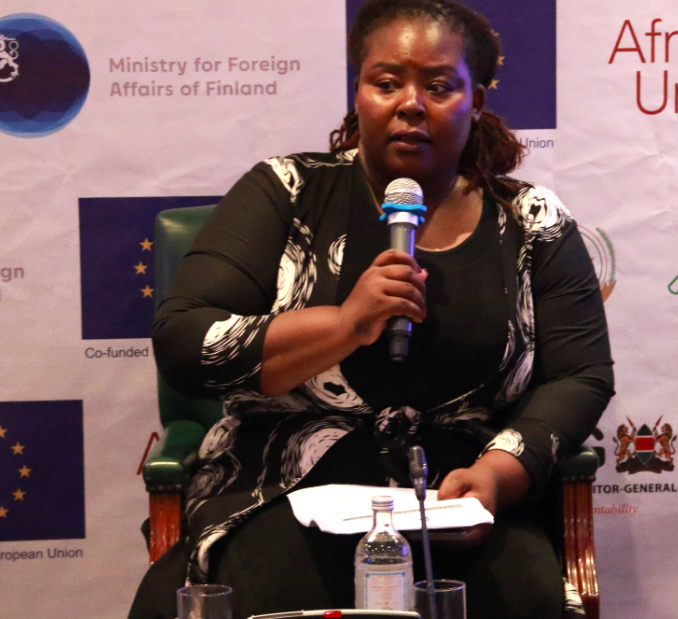
ROBBING KENYA’S FUTURE
MCAs across the country receive about Sh3.5 million bursaries every year.
A report by the Ethics and Anti-Corruption Commission and the Directorate of Criminal Investigations in 2020 put a number of MCAs on the spot over theft of millions of public funds.
One of the fictitious companies had an MCA’s assistant, his wife and the personal assistant’s wife as directors of a fictitious company used to steal bursaries.
The investigations showed how, in a seemingly coordinated manner, the directors withdrew Sh449,000, Sh624,000 and Sh900,000 from different bank branches in Nairobi.
The report also implicated another MCA.
It said the MCA, alongside others, created a shell company and used it to divert bursaries.
Investigators recorded more than 77 forged bursary cheques and 129 imaged cheques, amounting to Sh4.9 million.
One of the directors withdrew Sh200,000 from a local bank in Kahawa, Sh600,000 from a bank at Ongata Rongai and Sh225,000 from Jomo Kenyatta International Airport.
The MCA denied links to the company.
“I am not aware of that company, and that is why I am telling you that Nairobi bursaries are paid to schools and not limited companies. Number two, I am not a signatory to the company,” the MCA said.
“My people have already planned a demonstration because they have been receiving the bursaries, which I have been giving them.”
Uraia executive director Oliver Waindi describes the embezzlement of bursaries as not only robbing a generation but also the entire nation of its future.
“This is very annoying and is actually the height of lack of love for your country,” he said.
“We can afford to do with bad roads, we can afford to do with bad buildings, but we actually cannot afford to have an education system that has been robbed of resources.”
Waindi said it is worse that many investigations are gathering dust on shelves just because there are no proper mechanisms to hold the culprits accountable.
“The same people who embezzled bursaries at ward levels are elevated to positions of governors in the next elections to manage bigger budgets, and the cycle of theft of public money continues,” he said.
SLOW PROSECUTIONS
Flywheel Advisory, a consultancy specialising in forensic accounting and financial crime investigations, says perpetrators of illicit financial flows have devised many ways of committing the crime.
“It’s a major threat because enormous amounts of money can move at the touch of a button. Raising awareness, educating regulators and enhancing ability to track transactions is essential,” the executive director Grace Mburu said.
Kenya currently has more than 10 pieces of legislation that are supposed to tackle corruption.
While this may seem as a good impetus, the over-legislation has hampered the prosecution of corruption cases.
A report by Transparency International found that a lack of proper coordination among institutions tasked with fighting corruption is also another reason the fight against corruption has been a mirage.
This, coupled with the underfunding of independent institutions that are supposed to supervise budgets, have helped corruption thrive.
The report, which was released early this month, says the Office of the Director of Public Prosecutions only finalised one corruption case in the 2014-15 financial year.
In the 2022-23 financial year, the department made progress and finalised the prosecution of 75 cases, but with a conviction rate of only 36 per cent.
The control of county bursary funds has recently sparked a row between county governments and the Controller of Budgets.
While CoB insists it is not the mandate of the county to issue bursaries to primary and secondary school students, governors insist it is a noble gesture that has secured the future of many needy students.
Transparency International Kenya executive director Sheila Masinde said the government’s continuous funding of these institutions despite knowing of ongoing embezzlement amounts to budgeted corruption.
“The Auditor General and the Controller of Budget are unable to address these issues of budgeted corruption because they are underfunded and also because the current law governing public finance management is very weak,” she said.
Masinde called for implementing the Whistleblower Protection Bill to help fight corruption.
The project received support from the Thomson Reuters Foundation through the Media Foundation for West Africa, as part of its global work aiming to strengthen free, fair and informed societies. Any financial assistance or support provided to the journalist has no editorial influence.
The content of this article belongs solely to the author and is not endorsed by or associated with the Thomson Reuters Foundation, Thomson Reuters, Reuters, nor any other affiliates.





